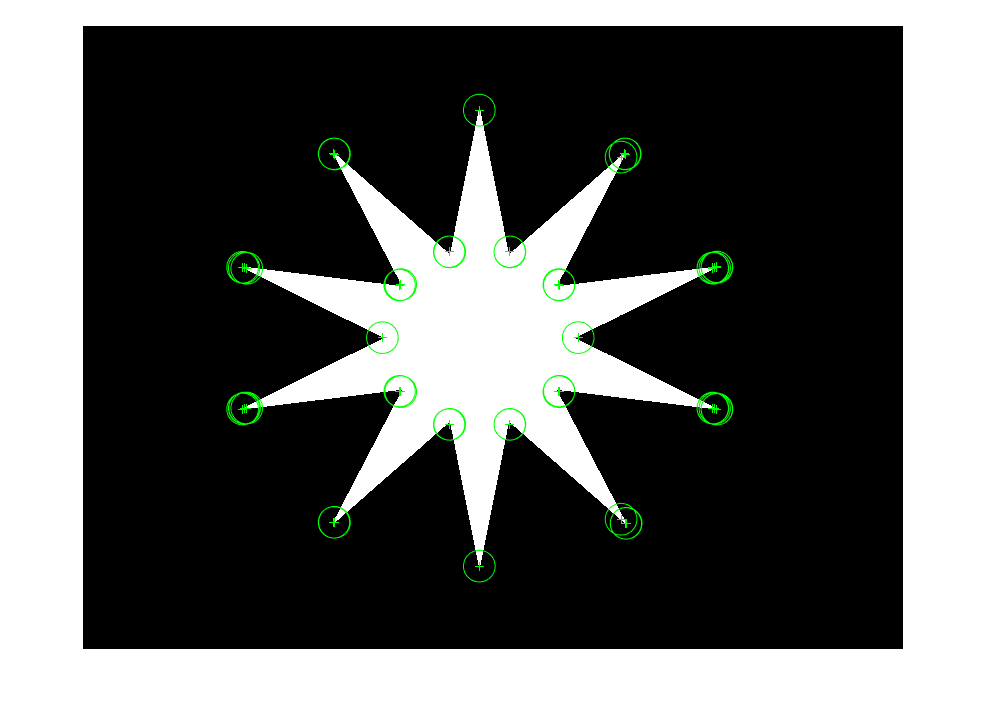detectORBFeatures
Detect ORB keypoints
Description
points = detectORBFeatures(I,Name,Value)
Examples
Input Arguments
Name-Value Arguments
Output Arguments
Algorithms
The function detects keypoints from the input image by using the ORB feature detection method in [1].
References
[1] Rublee, E., V. Rabaud, K. Konolige, and G. Bradski. "ORB: An Efficient Alternative to SIFT or SURF." In Proceedings of the 2011 International Conference on Computer Vision, 2564–2571. Barcelona, Spain: IEEE, 2011.
Extended Capabilities
Version History
Introduced in R2019a



